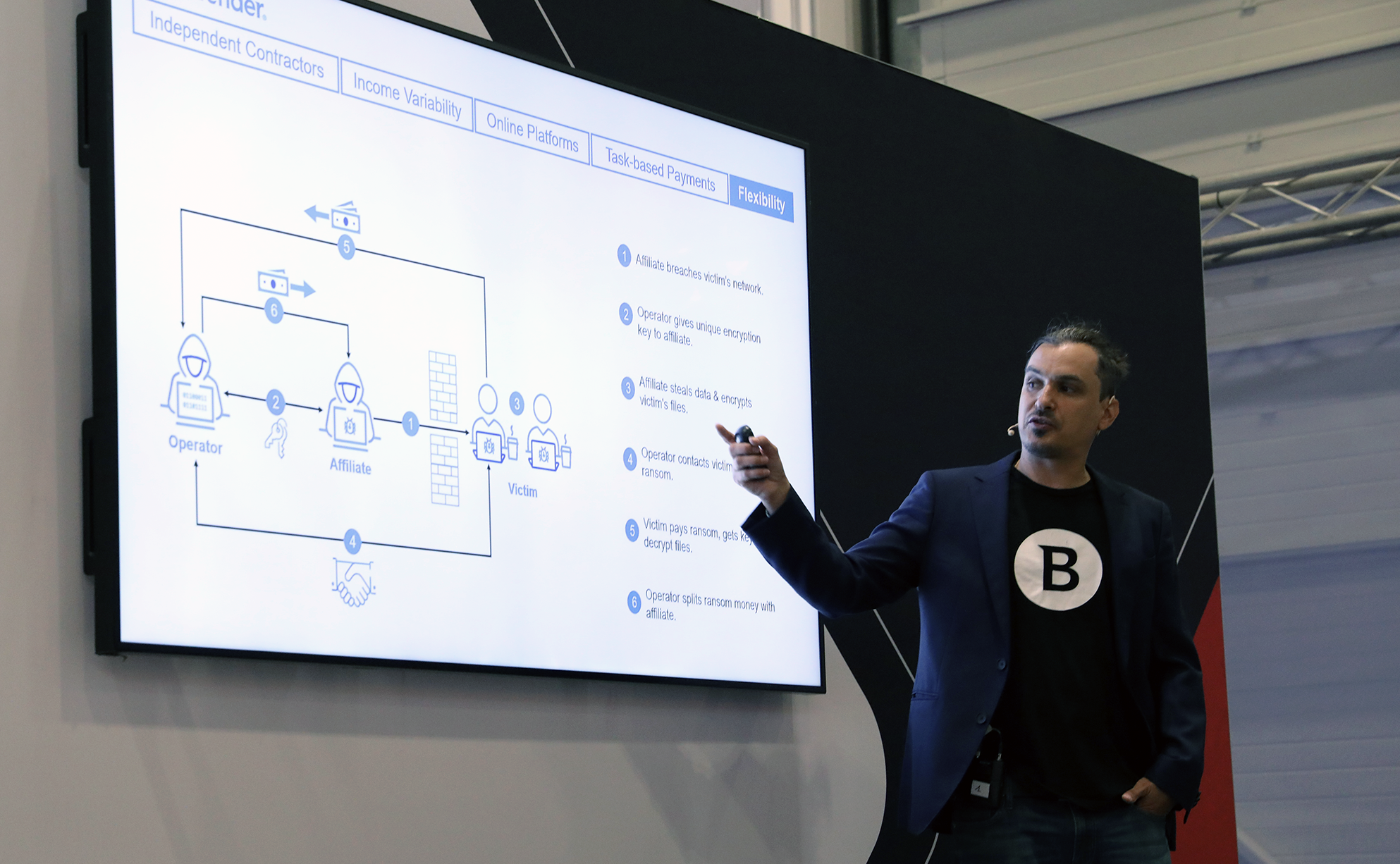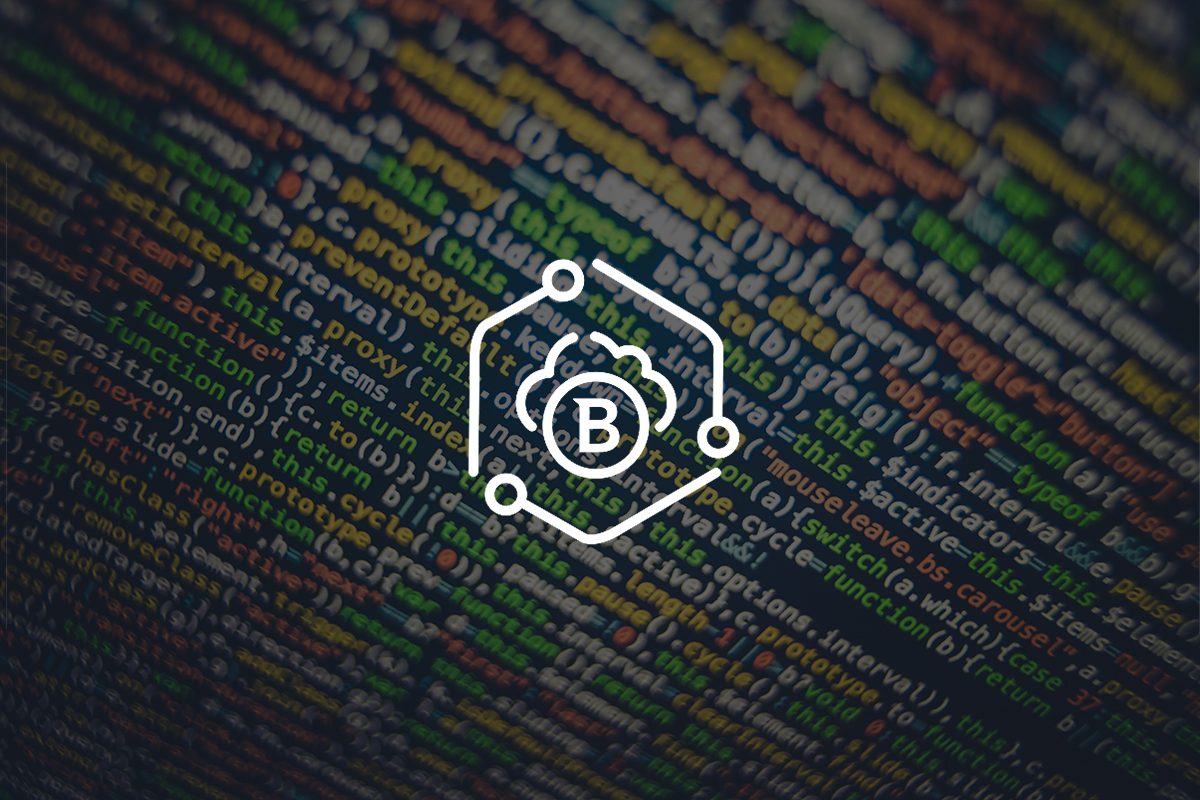How Security Teams Can Finally Become Proactive and Reduce Attack Surfaces

Awareness is the cornerstone of a strong cybersecurity posture – from understanding the current threat landscape to knowing your organization’s capabilities and identifying potential vulnerabilities.
The ability to identify where you are vulnerable and how you can close those security gaps enables a proactive, preventative cybersecurity strategy that heads off potential threats before they attempt to gain access to an endpoint and spread throughout your network in search of valuable targets. This proactive approach breaks the cycle of constantly reacting to emerging threats, allowing organizations to finally stay one step ahead of threat actors.
Unfortunately, many organizations are struggling and find themselves forced to continue with a reactive approach to cybersecurity, relying on the same tools and processes they’ve used to combat threats. But attackers continue to grow more sophisticated and daring, using a variety of evasive techniques to get around traditional security measures.
Security teams are facing the need to radically rethink how they protect the organization from malicious threats – transitioning from a reactive strategy to a proactive approach for reducing attack surfaces that expanded drastically over the last five years.
Why “Detect and Respond” has Become “Detect and Pray”
The acceleration of digital transformation, new hybrid work policies, and the distributed nature of IT systems are rendering reactive cybersecurity strategies ineffective. Security teams used to be able to deploy a series of monitoring tools that let them screen alerts, prioritize resources and respond accordingly. As new systems came online – Software as a Service (SaaS) platforms, web apps, Internet of Things (IoT) networks, artificial intelligence (AI) systems, for example – security teams would simply roll out another monitoring tool and add it to their security information and event management (SIEM) feed.
However, we’ve finally reached a tipping point. Continuing to layer monitoring tools on top of monitoring tools is not sustainable, and security teams are struggling to keep up with the deluge of alerts that come across their desk. According to a Gartner® report, “Complexity is the enemy of security; yet the average organization works with 10 to 15 security vendors and 60 to 70 security tools.” 1 Today’s IT environments are simply too complex, too distributed and too open to completely seal off from unauthorized users. There just isn’t enough time in the day.
Today’s increasingly sophisticated threats are rendering reactive cybersecurity strategies obsolete. As the attack surface expands and constant connectivity becomes essential, attackers find it easier to blend in with legitimate traffic. By the time they’re detected – if at all – the damage is often done, with malicious actors already inside your network, probing systems and spreading unchecked in search of valuable targets.
No matter how fast you react, it’s often not fast enough. Traditional approaches and outdated technology struggle to keep pace with evolving threats, making it increasingly difficult to stay ahead of attackers.
Embracing a Proactive Cybersecurity Mindset: What to Do
A proactive approach centers on reducing your attack surface, which leads to better cybersecurity hygiene. By minimizing vulnerabilities and limiting access points, you prevent threats from gaining initial access to vulnerable endpoints, cutting off attackers’ ability to blend in with legitimate traffic and spread across your network. This is where awareness plays a critical role. Understanding every vulnerability in your IT environment allows security teams to close gaps systematically, further reducing the attack surface. With fewer attack vectors to monitor and manage, analysts can focus on real threats with pinpoint precision, intercepting attackers before they strike.
However, shifting from a reactive to a proactive cybersecurity strategy – and effectively reducing your attack surface – is easier said than done. Here are three strategies organizations can employ to ease this and improve their overall defense:
1. Develop The Right Skills
Upskilling is incredibly important in cybersecurity. IT environments, business models and the threat landscape are constantly evolving, requiring a continuous learning loop for practitioners. But having the right skills isn’t just about training. Today’s security analysts do not have to be experts with dozens of certifications and years of experience working with various tools and solutions. By taking a proactive approach, even entry level analysts can maintain good cybersecurity posture. If you can patch the right, and not just any machine, you can deliver exceptional cybersecurity services for the organization.
2. Deploy Tools that Enhance Visibility and Reduce Complexity
Choosing the right security tools means focusing on solutions that not only provide broad coverage but also work cohesively to reduce your attack surface. Look for tools that offer deep integration, allowing you to consolidate monitoring and management into a single dashboard. This integration provides essential context, helping security teams quickly understand the scope and nature of an event without jumping between multiple interfaces. The right tools should streamline workflows, enhance visibility across your environment, and automate threat detection and response processes—enabling your team to act swiftly and accurately.To determine whether you’re using the right tools, assess whether they simplify your operations, reduce noise from excessive alerts, and provide actionable insights. If your team is bogged down by false positives or forced to manually correlate data across multiple platforms, it’s a sign that your toolset may not be up to the task.
3. Automate as Much as You Can
Even the biggest, most advanced security teams can get overwhelmed. That’s just the nature of cybersecurity today, but automation can alleviate much of the labor-intensive work. Having awareness of user and application behavior and setting triggers for abnormal events can go a long way in eliminating the noise and focusing efforts on the things that matter. Automating an escalation for critical events and even triggering an automatic response can dramatically improve the productivity of your team while hardening the cybersecurity posture of the organization. Let the machines handle the heavy lifting while humans focus on what they do best – strategic thinking. The important thing about automation is to ensure your systems are constantly learning and adapting their models to meet current situations.
Stop Reacting, Start Preventing
The most effective security measures are those that prevent attacks before they occur. The key to this lies in reducing your attack surface. Gaining a clear understanding of the threat landscape and identifying vulnerabilities within your IT environment are critical first steps in a proactive strategy. By proactively searching for and closing these vulnerabilities before they are exploited, you significantly shrink your organization's attack surface. This reduction not only enhances your overall security posture but also frees up your team to focus on more strategic tasks, rather than constantly reacting to emerging threats.
1Gartner, Simplify Cybersecurity With a Platform Consolidation Framework, Dionisio Zumerle, John Watts, 26 March 2024.
GARTNER is a registered trademark and service mark of Gartner, Inc. and/or its affiliates in the U.S. and internationally and is used herein with permission. All rights reserved.
tags
Author

A recognized product leader and cybersecurity expert, Daniel is the Senior Director of Product Management at Bitdefender.
View all postsRight now Top posts
FOLLOW US ON SOCIAL MEDIA
SUBSCRIBE TO OUR NEWSLETTER
Don’t miss out on exclusive content and exciting announcements!
You might also like
Bookmarks










